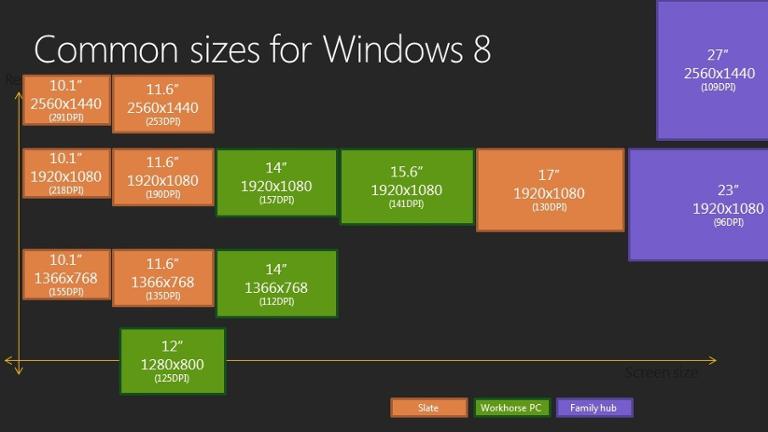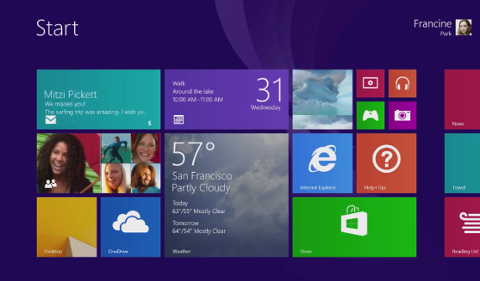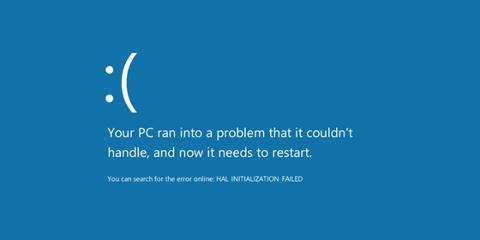
Microsoft
announced last week that Windows 8 is well scaled to fit almost every screen dimension. Windows 8 marks a new beginning for Microsoft: an OS that will run on every device: PC, laptop, tablet, smartphone, Xbox. This device diversity feature was an important task for Microsoft: they had to build Windows 8 to match every possible screen size and support future pixel density resolutions.

Still, Microsoft had to have a minimum and a maximum resolution for Windows 8 developers. The Windows 8 minimum resolution is 1024 x 768 . The maximum resolution supported by Windows 8 is yet to be established, but Microsoft claims they were able to run Metro apps interface on 30-inch screens with 2560 x 1600 resolution. That's a little over 100 DPI (pixel density), but for a screen of this size it's more than enough. The first picture reveals that Windows 8 will support three classes of resolution: standard, HD and quad-XGA(2560x1440). Inside these three classes, Windows 8 makes it easy for developers to make the content look "crisp and beautiful". This is done automatically by Windows 8 frameworks that scale the app layouts by using web-standard CSS pixel units or a XAML layout.
Windows 8, the platform natively supports vector graphics. Any images exported as SVG (Scalable Vector Graphics) or XAML art will scale without getting blurry. Additionally, Windows 8 introduces automatic resource loading so developers can save three versions of images with a naming convention; images that correspond to each of the current scale percentages (100%, 140%, and 180%) load automatically to keep images crisp on high DPI. Developers can also use the CSS3 resolution media query or the system events to reload images at different scales. Windows 8 scaling to pixel density allows developers to achieve a baseline level of quality with little effort, and then tailor their images to look polished and crisp on high pixel density screens.
To take advantage of this new framework and test how their apps will look on bigger screens with a higher resolution, developers can use Visual Studio 11, which offers the Windows Simulator tool. Microsoft Expression Blend 5 offers developers a platform menu to design apps for different screen sizes and pixel densities. Rumors say Windows 8 will be released by the end of this year, and it could be one of the biggest announcement of this year. We witnessed already a lot of new features and I'm sure more surprises will come during the coming months.
 Still, Microsoft had to have a minimum and a maximum resolution for Windows 8 developers. The Windows 8 minimum resolution is 1024 x 768 . The maximum resolution supported by Windows 8 is yet to be established, but Microsoft claims they were able to run Metro apps interface on 30-inch screens with 2560 x 1600 resolution. That's a little over 100 DPI (pixel density), but for a screen of this size it's more than enough. The first picture reveals that Windows 8 will support three classes of resolution: standard, HD and quad-XGA(2560x1440). Inside these three classes, Windows 8 makes it easy for developers to make the content look "crisp and beautiful". This is done automatically by Windows 8 frameworks that scale the app layouts by using web-standard CSS pixel units or a XAML layout.
Still, Microsoft had to have a minimum and a maximum resolution for Windows 8 developers. The Windows 8 minimum resolution is 1024 x 768 . The maximum resolution supported by Windows 8 is yet to be established, but Microsoft claims they were able to run Metro apps interface on 30-inch screens with 2560 x 1600 resolution. That's a little over 100 DPI (pixel density), but for a screen of this size it's more than enough. The first picture reveals that Windows 8 will support three classes of resolution: standard, HD and quad-XGA(2560x1440). Inside these three classes, Windows 8 makes it easy for developers to make the content look "crisp and beautiful". This is done automatically by Windows 8 frameworks that scale the app layouts by using web-standard CSS pixel units or a XAML layout.


